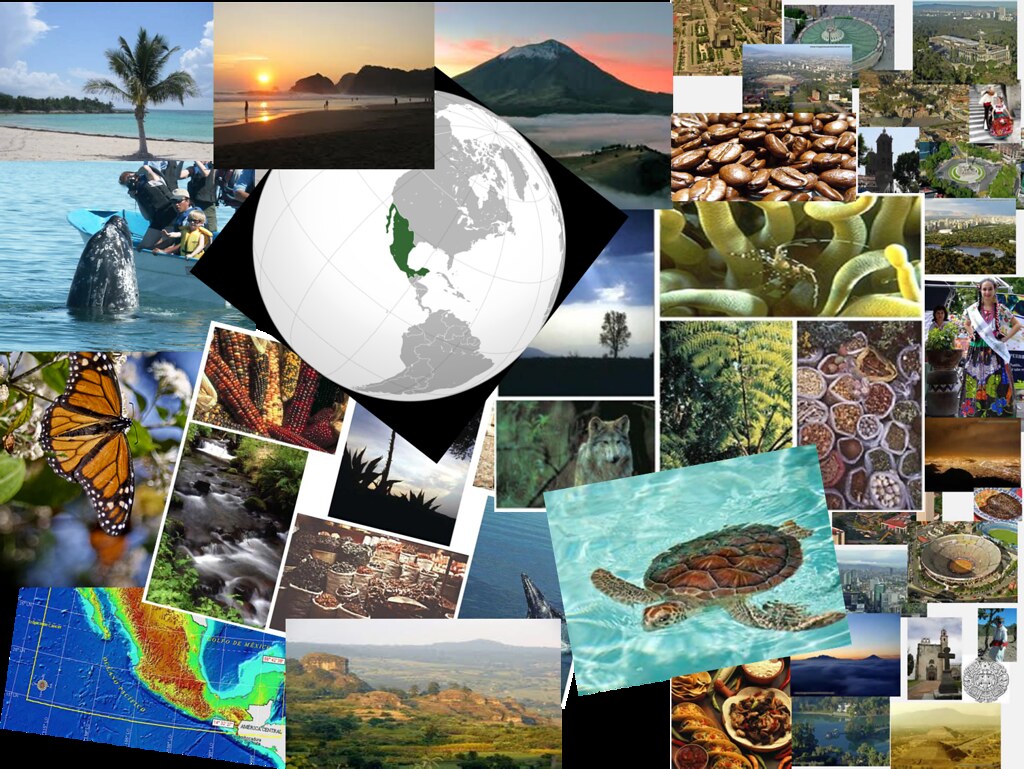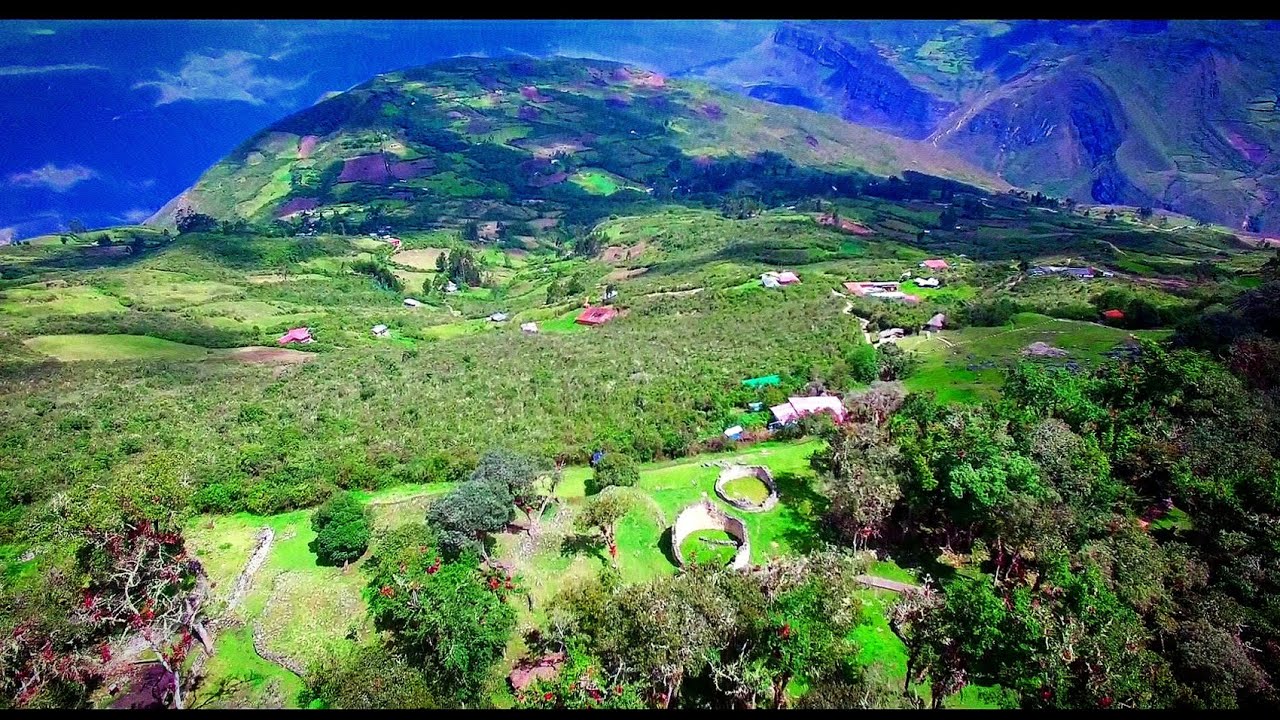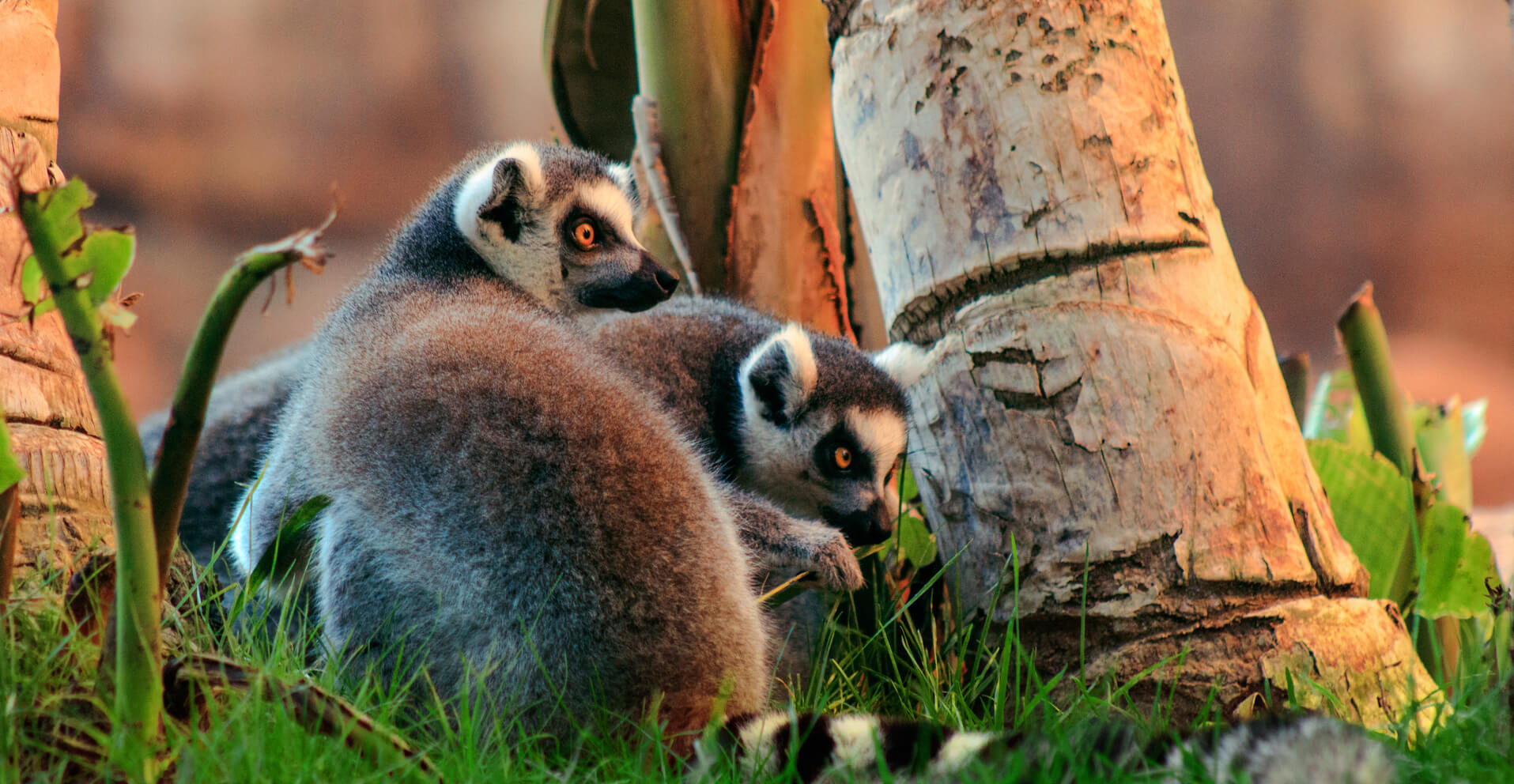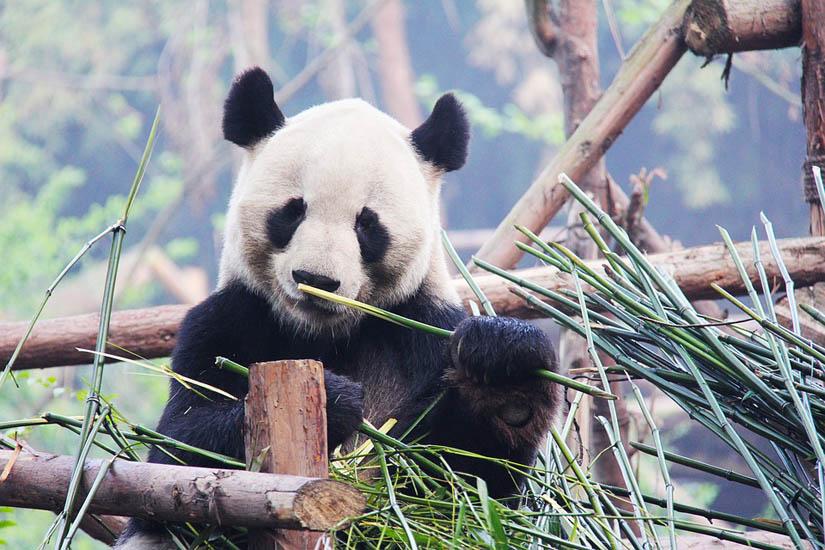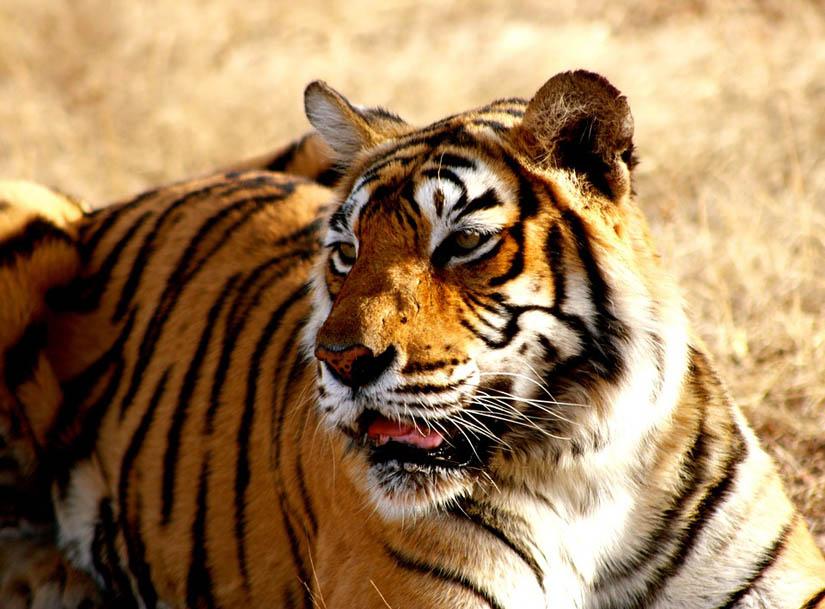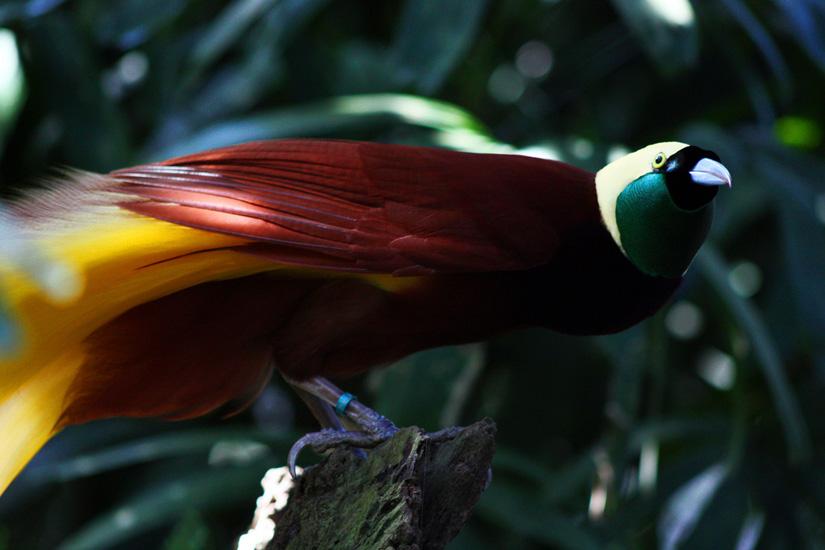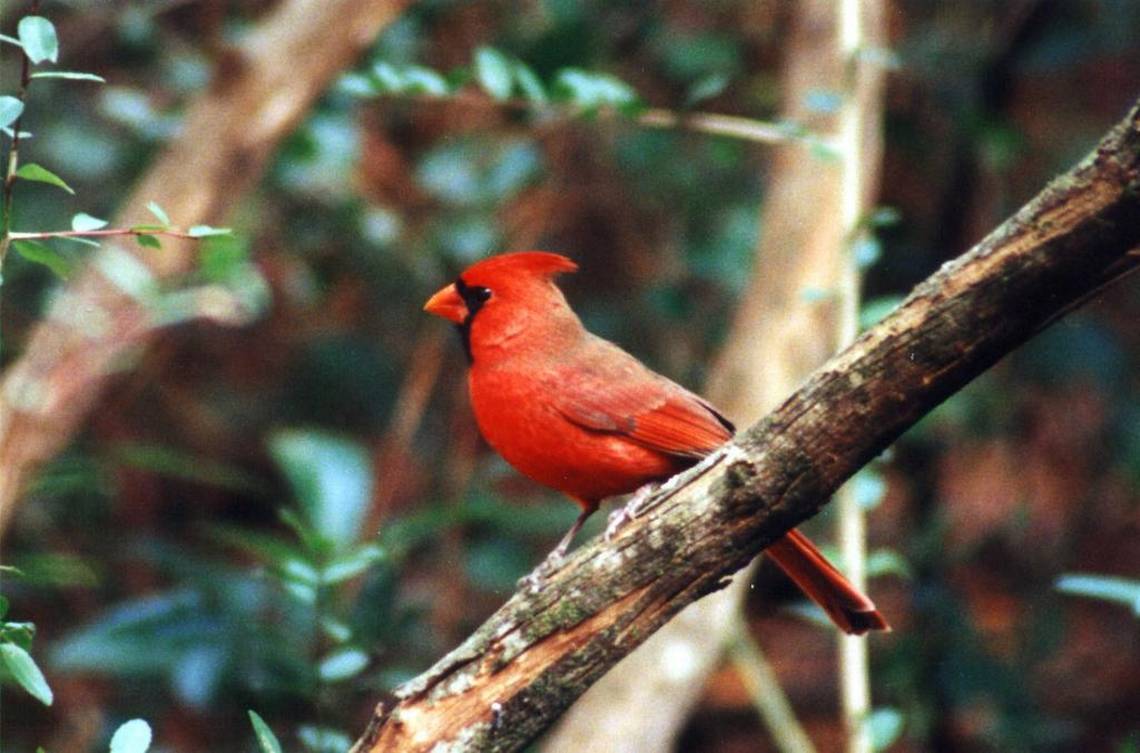The variety of natural resources give each nation unique and varied characteristics, giving it unsurpassed natural beauties in all corners of the planet, therefore, figures have been established on the plant species, fauna and types of ecosystems present within each region establishing properties megadiverse, in the following article we learn about what is a megadiverse country?
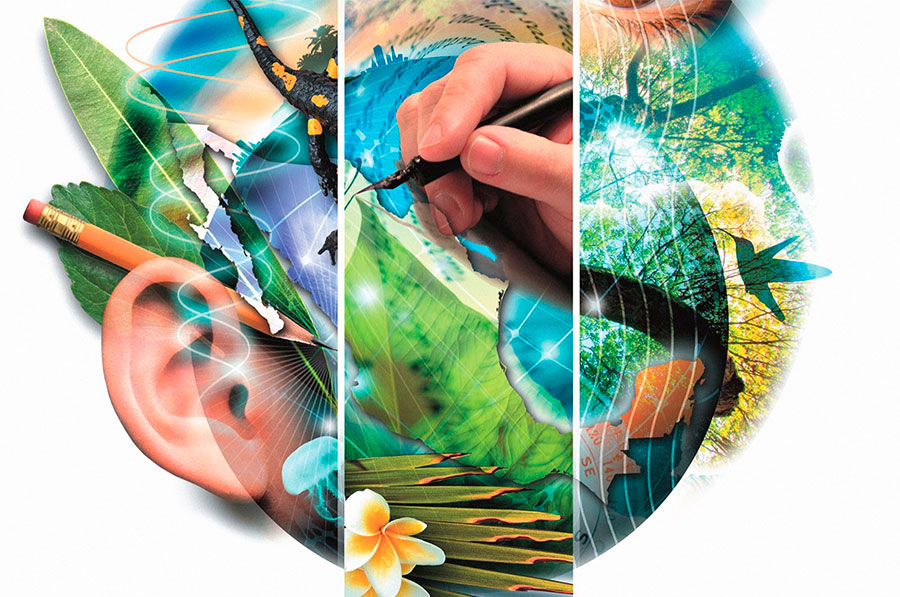
What is a Megadiverse Country?
The planet earth is made up of different natural environments such as savannahs, rivers, lagoons, jungles, forests, glaciers, deserts, mountains, seas, swamps, among others. They represent places of natural beauty, rich in diversity of biological species in flora (trees, plants, shrubs) and fauna (felines, reptiles, fish), it should be noted that each corner of the planet is made up of elements that make it a unique and different area. to another
The globe is classified into five continents and each of them is made up of a group of countries with different natural conditions, highlighting in this case those nations that host a high rate of biodiversity on planet earth, known as megadiverse countries. They were identified in mid-1998 by the Environmental Conservation Monitoring Center (CMCA).
It was a concept proposed in 1988 by the anthropologist Russell Mittermeier, president of Conservation International, well known for his studies in different countries such as Madagascar and Brazil. It is currently a term used to raise awareness about the protection of natural biodiversity, mainly in those countries where there are a variety of species and they are most affected.
According to the United Nations Environment Program, they have managed to identify that there are 17 megadiverse countries, these countries cover tropical regions located in Southeast Asia and Latin America. They only represent 10% of the entire surface of the world but these nations are home to 70% of terrestrial biodiversity. They also include more than two-thirds of all vertebrate species (not including fish) and three-quarters of higher plant species.
The United Nations Environment Program (UNEP) established the World Conservation Monitoring Center (WCMC), which is in charge of determining the megadiverse countries, which are 17 in total:
- Australia
- Brazil
- China
- Colombia
- Ecuador
- United States
- Philippines
- India
- Indonesia
- Madagascar
- Malaysia
- Mexico
- Papua New Guinea
- Peru
- Democratic Republic of Congo
- South Africa
- Venezuela
In the middle of the year 2002, a meeting was established in Mexico of the main countries that are considered megadiverse, in this meeting some aspects were touched upon, such as the Cancun Declaration and the Group of Like-Minded Megadiverse Countries was created, all this with the purpose of carrying out Consultation mechanisms that cooperate with each other, with the main interest being the conservation of biological diversity.
In addition to allowing a fair and balanced participation of all the benefits that are derived as genetic resources. Over time, other countries have been annexed to this Group, such as Malaysia, the Philippines, Iran and Guatemala.
Characteristics of Megadiverse Countries
All the countries of the world have different forms of plant species and a variety of fauna, due to this the World Conservation Monitoring Center established a set of necessary characteristics to be able to consider a country as megadiverse:
Geographical position
Most are located in the tropics, an area rich in diverse varieties of species.
endemic species
Megadiverse countries must be constituted with a minimum of 5000 endemic plants, these correspond to those that evolved in that place and are only found naturally in that territory.
variety of ecosystems
They stand out for having a significant number of ecosystems within their geographic spaces such as mountains, forests, jungles and mainly those of marine types such as reefs and seas. Giving its territory diversity of environments, soils and climates.
Isolation
These territories that are separated by islands and continental land that allow a unique development of its flora and fauna in their own habitats.
Size
The geographical space is very significant in this case, where the larger the size, the greater the diversity of environments and variety of species.
evolutionary history
Some countries are territories of evolutionary history, meeting at points of two biogeographical regions, causing the interaction of relevant fauna and flora on the planet.
Culture
It allows the domestication of plants and animals that contribute to the natural environment.
Objectives of Megadiverse Countries
The definition of Megadiverse is related to biodiversity and the great abundance of elements that enriches a specific territory of the planet earth, due to this the Cancun Declaration and the Group of Like-Minded Megadiverse Countries have as main objective:
- Biological diversity in the forums
Have a position related to the biological biodiversity of plant and animal species in the international forums held.
- Motivate the conservation of the diversity of species in the countries of origin
Developing projects that promote research on resource inventories, invest in endogenous technologies in support of conservation and carry out sustainable economic activities.
- Motivate conservation
Have as main objective the goods, services and benefits related to the conservation of natural resources, seeking the sustainable benefit of sustainable diversity for the development of nations.
- Channels for exchanging information and harmonization of legislation
Standardize the national legislation of all member countries to stimulate the protection of biodiversity, access to genetic resources and benefits of derivatives.
- Regulate conservation laws
Establish a set of regulations that stimulate the initiative for the conservation of all biological resources and their sustainable use.
- International Actions
Motivate to take action with neighboring countries as a private initiative and all interested parties, encouraging cooperation and mutual benefit, with the responsibility of all natural capital within the country for the conservation and use of resources.
- Fight against illegitimate appropriation
Have control of the illegitimate activities of all biological resources, with good control of information on negative actions, making known to academic and private institutions everything necessary to use the mechanisms that control genetic resources.
Megadiverse Countries
There are various entities in charge of keeping control of the biological resources of the megadiverse countries, in this case the United Nations World Conservation Monitoring Center stands out, their objective is to classify the countries according to the present biodiversity index, following a set of parameters related to biological diversity and the difference in species of each country, below we will know the main characteristics of each of them:
- Australia
It has a large amount of terrestrial and marine fauna, in addition to being a nation in the form of an island, which means that most of its present organisms are endemic to that territory, for example kangaroos, platypuses, emus, among others.
- Brazil
Very popular for having most of the Amazon jungle in the South American territory, it has a great variety of plant and animal species, approximately 4 million in total.
- China
It represents a nation with a high population index, despite this it presents a variety of terrestrial and aquatic ecosystems conserved by government entities.
- Colombia
It is considered the country with the highest number of species per square meter, being a nation that has 19% of the fauna on planet earth.
- Ecuador
It has a high rate of flora and fauna in its country, but it stands out for being a nation that has implemented several laws for the conservation of its biological resources.
- United States
It is one of the largest countries in the world, therefore it stands out for its variety of ecosystems and even unique and exclusive regions, such as the saline beaches of California or the Grand Canyon of Colorado.
- Philippines
It is another country that has the highest rates of diversity due to the type of surface it has, for example it has more than 700 islands where forests and a variety of marine fauna stand out.
- India
It is characterized by trying to implement the necessary laws to conserve its resources, although some significant ones have been lost. Therefore, there are approximately 500 animal sanctuaries and 13 species reserves.
- Indonesia
It is a country with a high content of endemic plant and fauna species, that is, unique to this nation. Only being surpassed by Australia in this type of index.
- Madagascar
Well known for having more than half of the chameleon species on the entire planet, despite being an island, there is a great variety of animals and plants endemic to its nation.
- Malaysia
It represents a nation with a high rate of plants and animals, due to this factor it has a high rate of tree deforestation, endangering endemic species such as the Bornean orangutan.
- Mexico
It is one of the most preserved territories mainly due to its variety of ecosystems and unique to this region, in addition to having approximately 10% of all world species.
- Papua New Guinea
It is currently considered one of the main megadiverse countries, this is attributed to being one of the least explored, therefore it has a high conservation of plant and animal species.
- Peru
It is one of the countries that has a part of the Amazon rainforest, so it has a great biodiversity of species throughout the nation.
- Democratic Republic of Congo
Despite popular belief, the Congo represents one of the largest jungles on planet earth, being considered the second after the Amazon jungle.
- South Africa
It is a country that is characterized by its territories of sheets with multiple significant species such as lions, hippos, hyenas, giraffes, leopards, among others. It also stands out for having 10% of the plant species on the planet.
- Venezuela
Characterized for being a country with multiple ecosystems, from coasts, mountains, savannahs, deserts, forests, plains, among others. In addition to owning 15% of the birds on the entire planet.
We hope this article has been helpful, we leave you others that will surely interest you:
How Technology Affects the Environment
